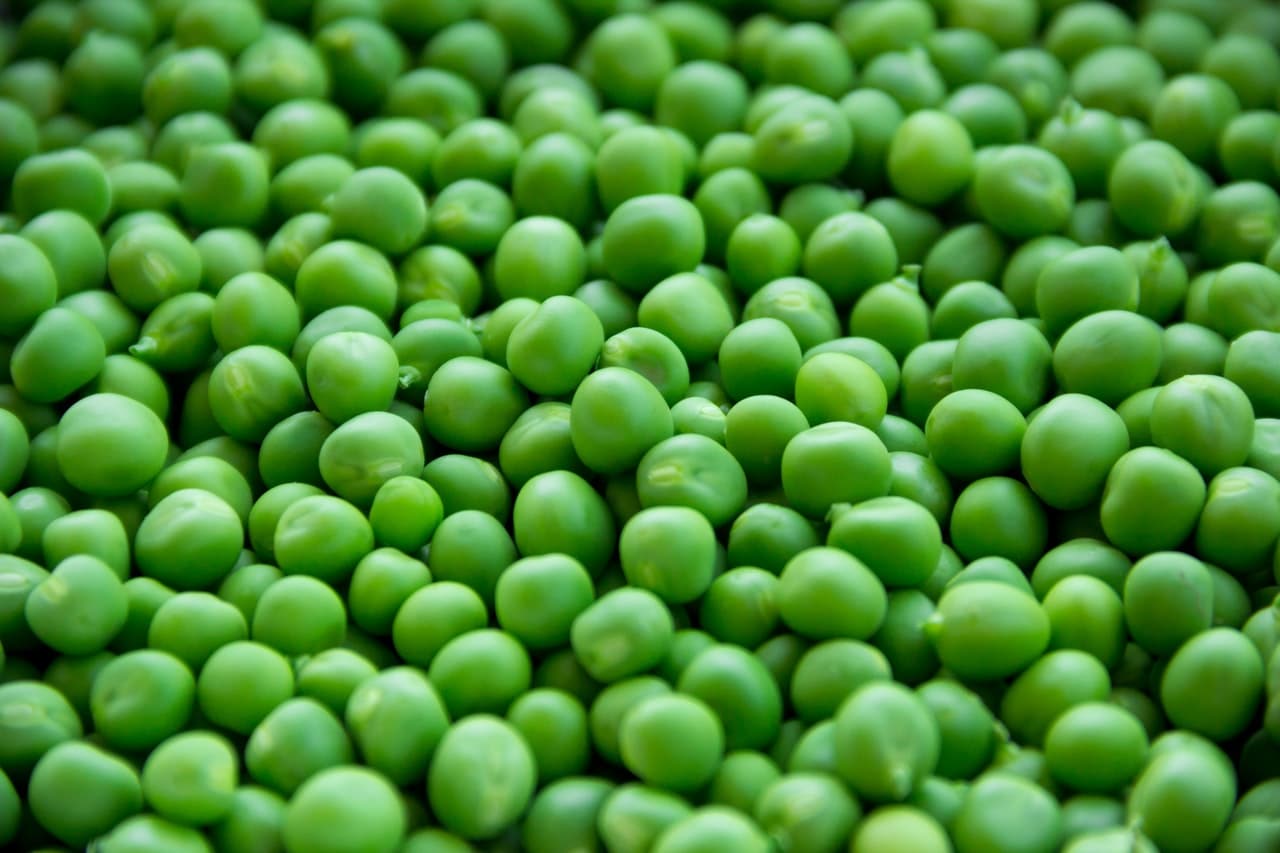How to Tell If Green Beans Are Bad?
Bad green beans are any cook’s worse nightmare, so it’s important to know if your beans can still be eaten. Below are some general tips for detecting freshness and spoilage in green beans:
- Visual cues are the best for inspecting green beans. Generally speaking, the older the green beans, the more likely they have spoiled or are no longer suitable for cooking and consumption.
- Check the tips of the green bins for signs of withering. The tips should be firm and succulent, like the rest of the pod. Also, examine the shape of the green beans. Irregularities and protrusions are not a good sign, and you should probably check the rest of the green beans in the package for signs of sliminess or moisture. Moisture is an indicator that decomposition has set in. It’s possible that you can still sort through the green beans, but if in doubt, it’s best to toss the batch out and use a fresh batch instead.
- Sealed bags are your top choice for storing green beans. You can use zip lock bags or their silicone equivalents if you want. You can either refrigerate them or if you want to keep them longer, freeze your green beans and thaw them out when you need to cook them.
- The general shelf life of green beans varies, depending on how long they have been harvested and where they have been kept. The conditions of the vegetable’s storage before being purchased also impact how long the vegetables will stay fresh after purchase.
- To be safe, let’s put a limit of five to seven days after you’ve purchased the green beans. Inspect the vegetable thoroughly after this date.

